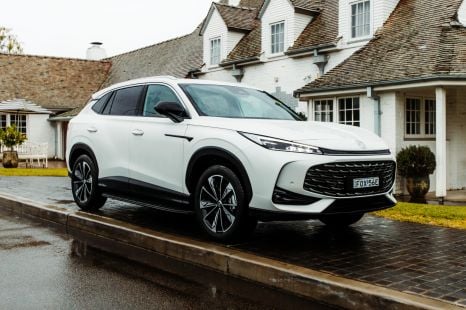

James Wong
3 Days Ago
COVID-19 lockdowns, semiconductor chip shortages... Now invasive species are posing a threat not just to biosecurity, but also new car wait times.

News Editor
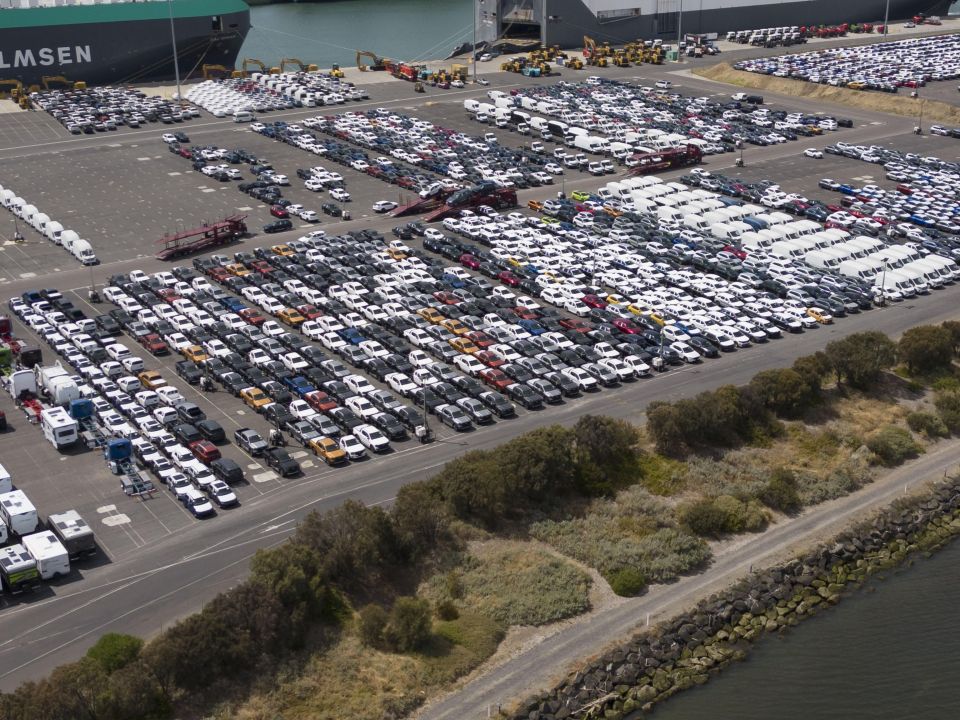

News Editor
Tens of thousands of vehicles are stranded on local docks, with biosecurity screening backlogs to blame.
The Department of Agriculture recently flagged an increase in Biosecurity Risk Material (BRM), attributing this to the protracted periods of time vehicles have sat in holding yards overseas of late.
If a biosecurity threat is identified on board a cargo ship – whether that be seeds, soil or insects – an entire fleet of vehicles may need to be subjected to a thorough deep-cleaning.

Infestations of pests like stink bugs aren’t a new occurrence, but the latest biosecurity alert has come at an inauspicious time for an industry that has been battling stock shortages due to COVID-19-related lockdowns as well as semiconductor chip shortages.
In addition to our old enemy, the plant-devouring Brown Marmorated Stink Bug, the Department of Agriculture has flagged the presence of bacteria-carrying exotic snails and the Siam weed, which can form impenetrable thickets up to three metres tall, smother crops, and pose a major fire hazard in the dry season.
Government data published by The Age found the number of new cars referred for cleaning due to contamination rose 88 per cent, from 17,700 vehicles in 2021 to 33,300 in 2022.
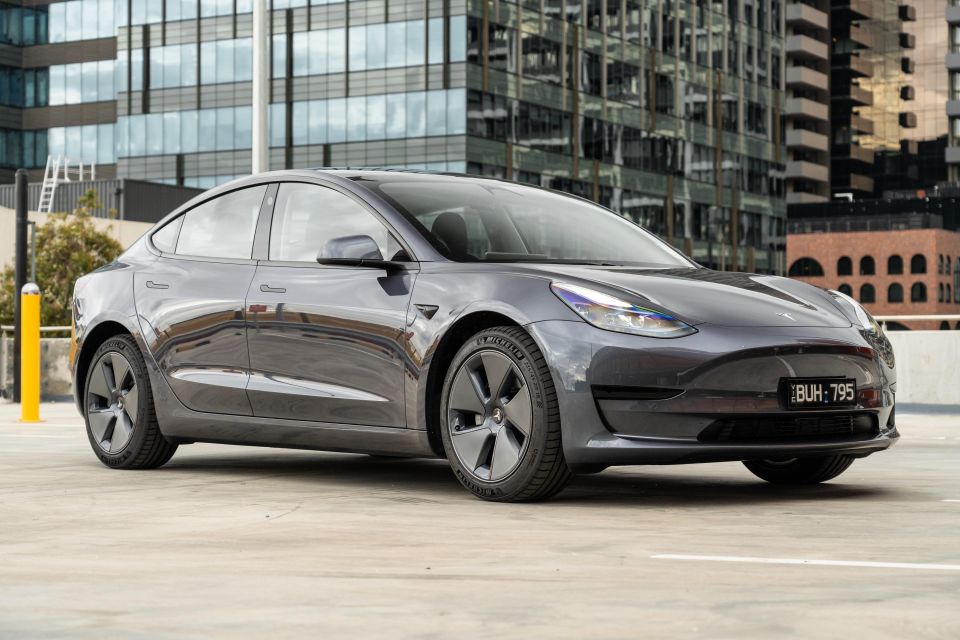
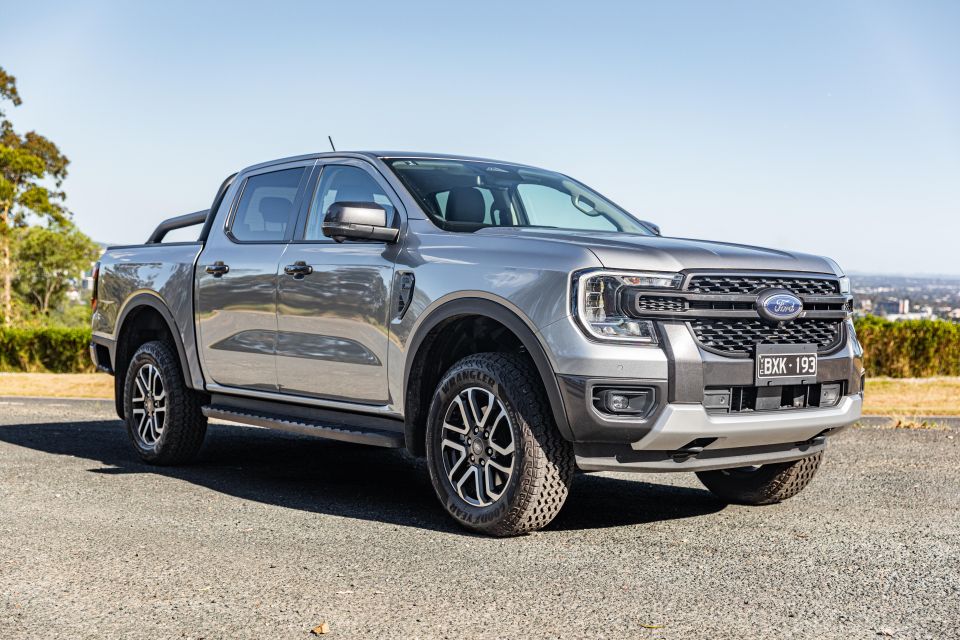
China was the largest source of contaminated vehicles in 2022, with 10,900 failing biosecurity tests from a total of 148,200.
This was followed by Thailand (4200 out of 241,200) and Spain (3900 out of 18,000).
“There’s really no way of knowing how long this particular circumstance will last for,” said Australian Automotive Dealer Association chief executive James Voortman.
“Just like the semiconductor shortage, it’s almost all brands coming from almost all countries. This is seemingly a threat that’s not scoping any of the brands, makes or models, it seems like the pain is being shared across the board on this occasion.
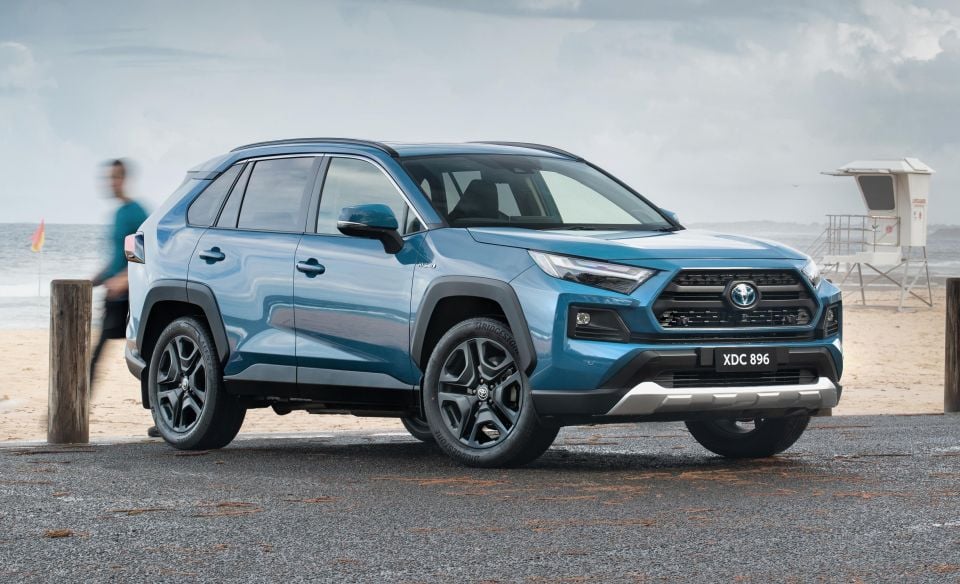
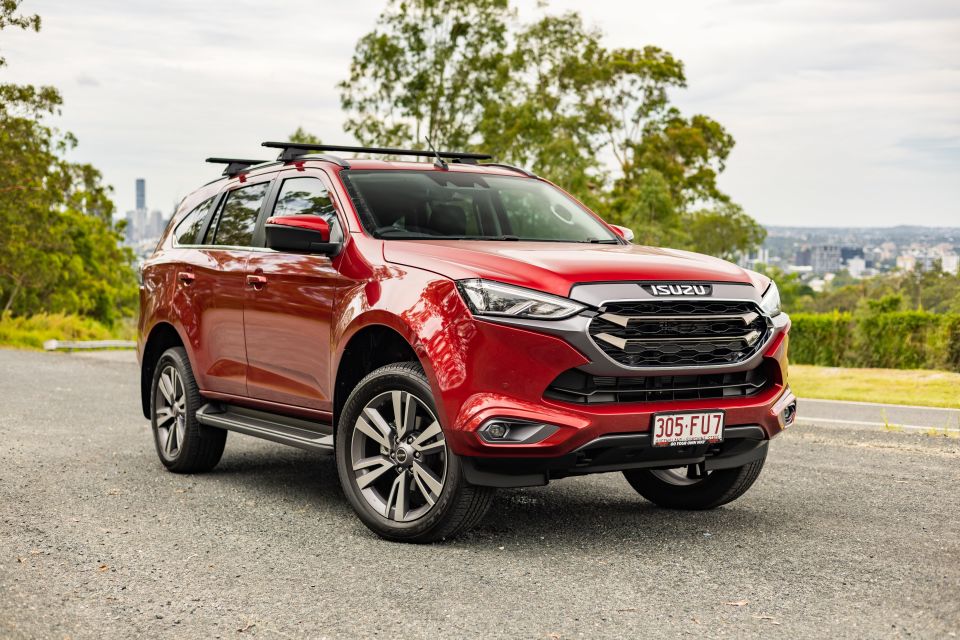
“Australia has some of the strictest biosecurity laws in the world, and have had so for a very long time so you can be sure the authorities are watching vehicles coming into the country very closely.”
The extra delay some vehicles may experience to resolve biosecurity hazards may pale in comparison to existing delays due to chip shortages and the like.
We’ve seen waiting times for some popular models, including the Toyota RAV4 Hybrid, blow out to over 12 months.
The average wait time for a new car in January was 137 days, down from a peak of 159 days in August 2022.
But the pre-COVID era had dramatically shorter waiting times, with an average of 30 days for a new car in 2019.
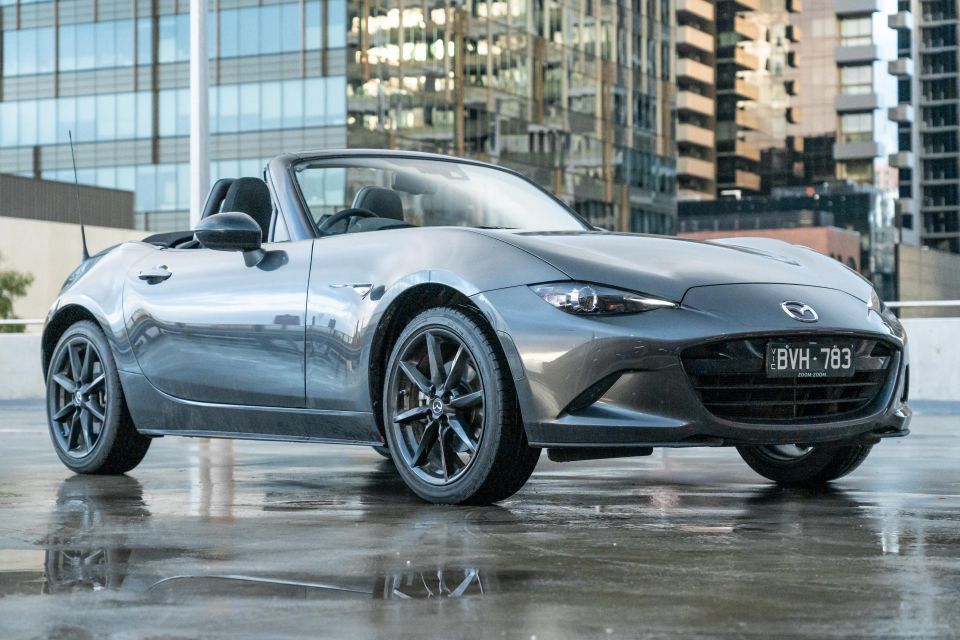
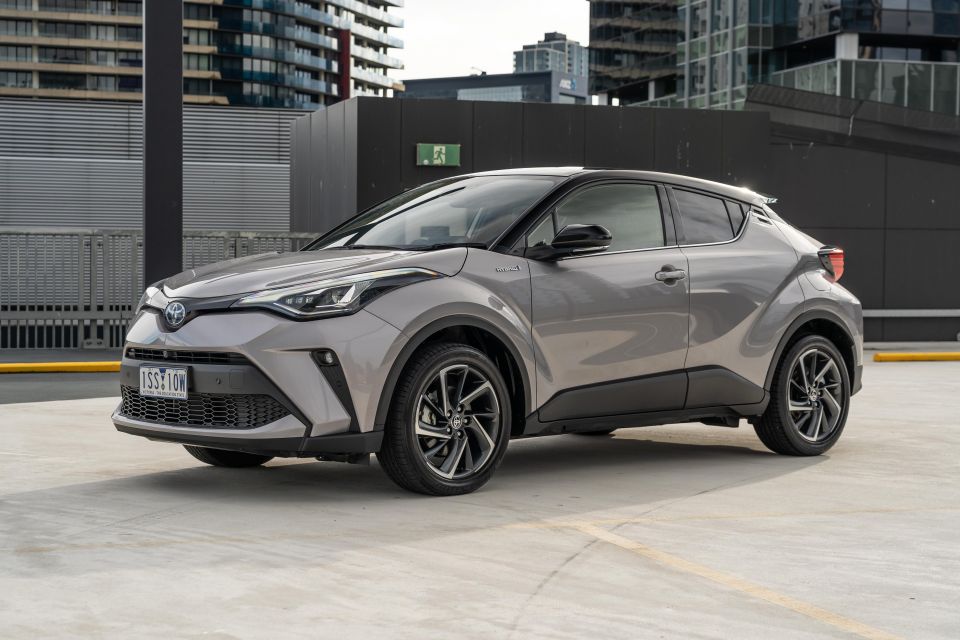
According to data from PriceMyCar, these are the makes and models with the longest wait times:
| Brand | Waittime | Model | Waittime |
|---|---|---|---|
| Land Rover | 376 days | Toyota C-HR | 318 days |
| Toyota | 249 days | Mazda MX-5 | 303 days |
| Isuzu | 228 days | Toyota LandCruiser | 291 days |
| Lexus | 217 days | Volkswagen Caravelle | 285 days |
| Mini | 202 days | Toyota Yaris | 268 days |
| Ford | 188 days | Toyota Kluger | 258 days |
| Kia | 162 days | Toyota RAV4 | 257 days |
| Audi | 156 days | Isuzu MU-X | 254 days |
William Stopford is an automotive journalist based in Brisbane, Australia. William is a Business/Journalism graduate from the Queensland University of Technology who loves to travel, briefly lived in the US, and has a particular interest in the American car industry.


James Wong
3 Days Ago
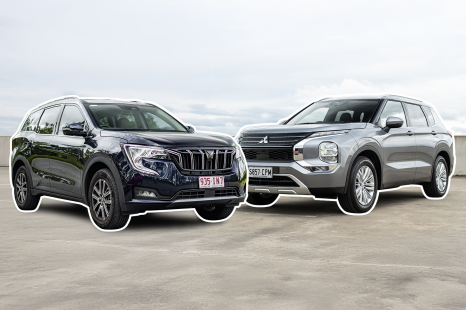

Andrew Maclean
3 Days Ago


Max Davies
3 Days Ago
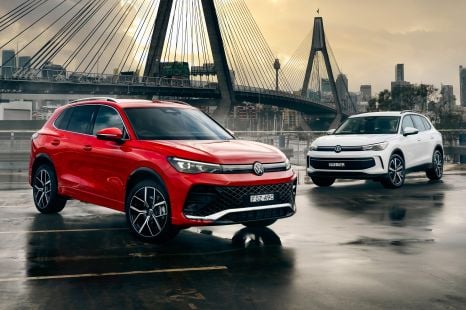

Max Davies
2 Days Ago


Josh Nevett
2 Days Ago
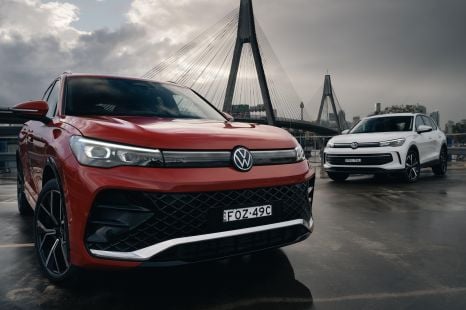

Max Davies
1 Day Ago